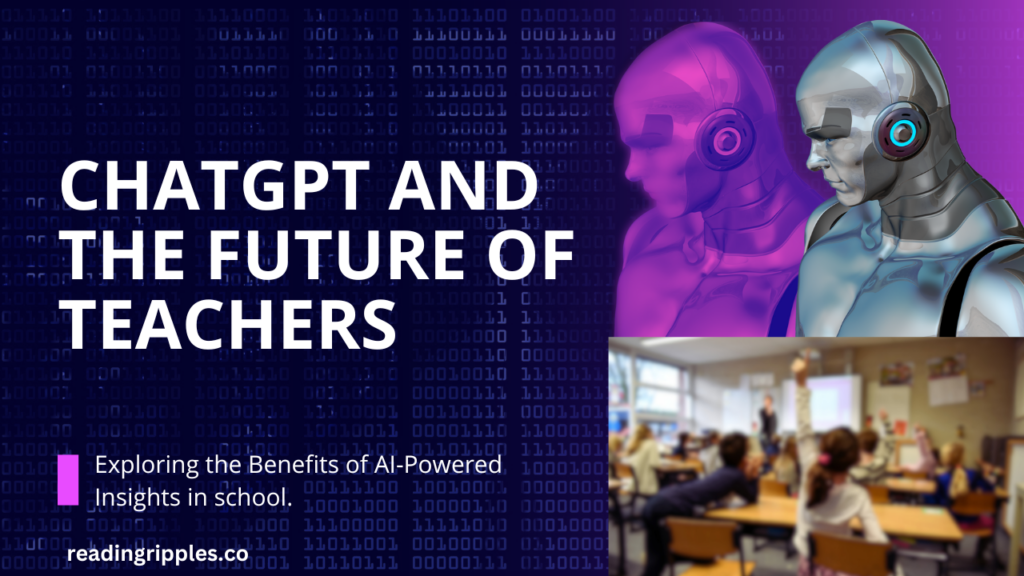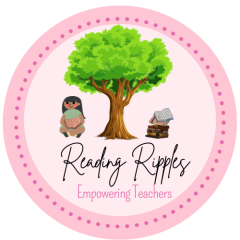“Education is a journey of personal and social growth, a process of discovery that extends far beyond the boundaries of the classroom.”

ChatGPT and Teachers
CBSE has decided to introduce AI and coding as subjects from Classes 6 to 8. The Central Board of Secondary Education (CBSE) has recently announced its decision to introduce coding and artificial intelligence (AI) from Classes 6 to 8 as part of New Education Policy (NEP) 2020. With this, subjects like coding will also be taught early. As technology and the job market continue to shift, it’s crucial that teachers should adapt our education system to prepare students for the challenges of the future.
CBSE set to introduce AI and coding from Classes 6 to 8 : https://readingripples.co/wis6
The advent of AI chatbots has made traditional essay writing in schools and colleges a thing of the past, calling for more innovative and creative approaches to assessing students. Rather than relying solely on traditional testing methods, teachers must find new ways to measure students’ progress and growth, such as through project-based learning, peer evaluations, self-reflection and other innovative approaches.
What is ChatGPT?
ChatGPT is a chatbot developed by OpenAI. It also means that it is a tool of technology that talks to you, answers your questions, gives you ideas, creates stories, does research for you, and corrects your mistakes. It will be your best resource if you’ll learn to use its power accurately.




